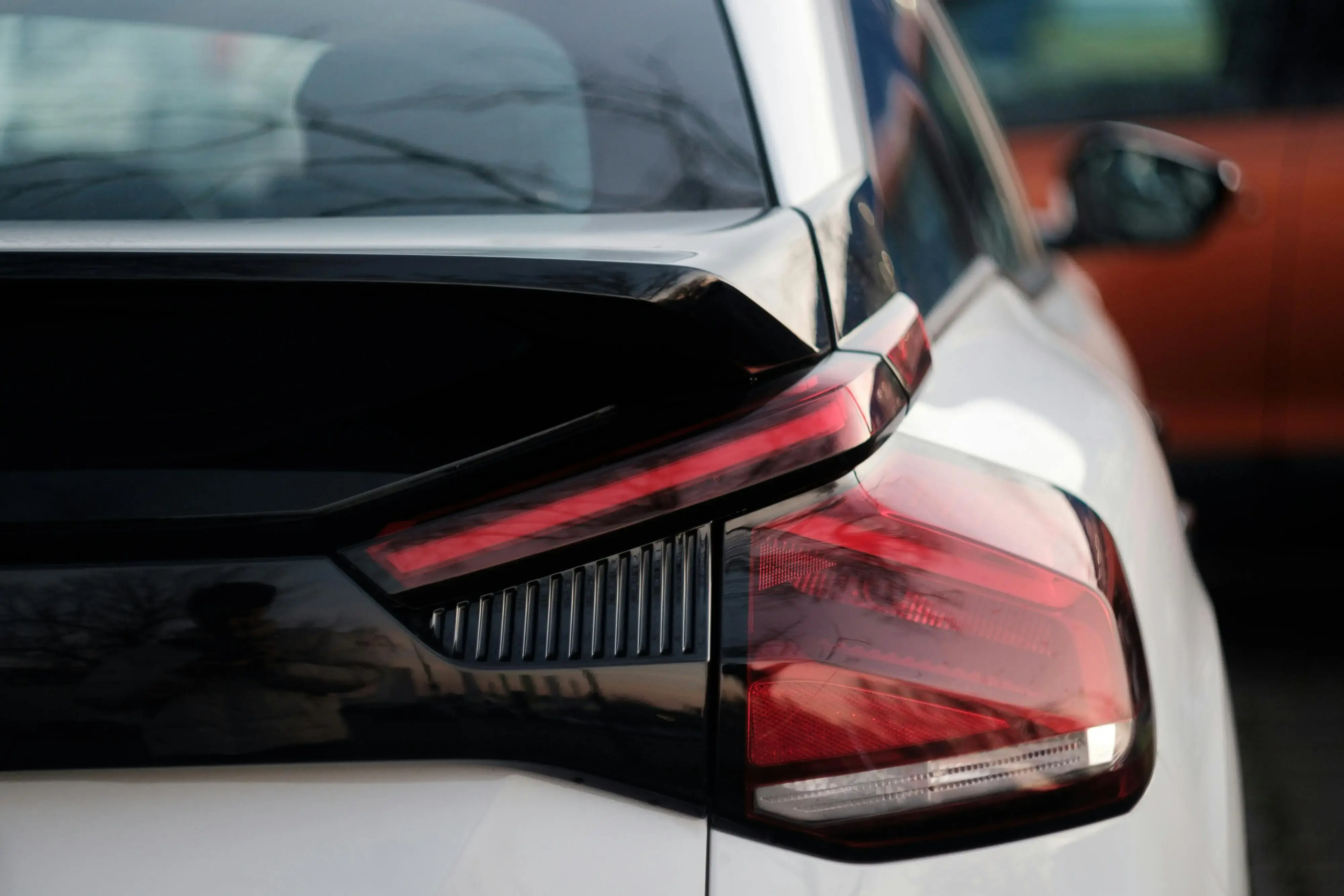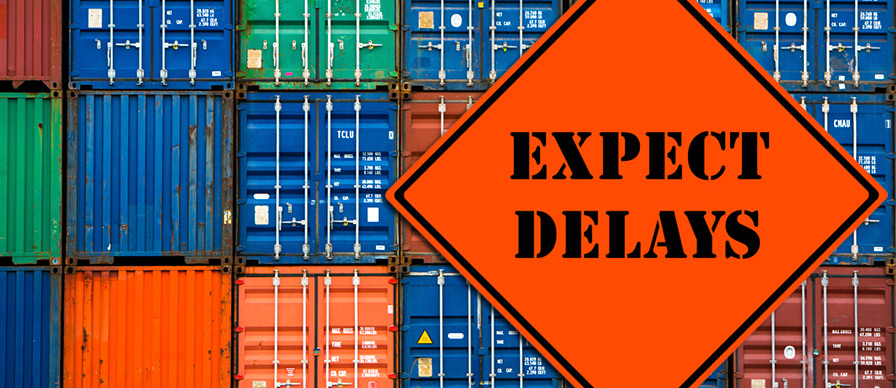US-EU 15% Tariff Deal: Clear Impacts on Auto Logistics
US-EU 15% Tariff Deal: How It Changes Car Shipping Forever
If you woke up on August 1st thinking about importing that dream BMW or vintage Porsche from Europe, congratulations—you just saved thousands of dollars overnight. The new US-EU trade agreement that established a flat 15% tariff on European cars has completely rewritten the playbook for trans-Atlantic vehicle shipping, and the ripple effects are already hitting every corner of the automotive import world.
Just months ago, European car imports were getting hammered with a brutal 27.5% tariff that made even budget-friendly vehicles prohibitively expensive. Now, with the stroke of a pen, that rate dropped to 15%—still higher than the good old days of 2.5%, but a massive improvement that's already changing how people think about European car imports.
At West Coast Shipping, we've been fielding calls all week from collectors, dealers, and enthusiasts who suddenly realize their European dream cars are back within reach. Here's everything you need to know about how this trade deal is reshaping car shipping between Europe and America.
What Actually Changed (And When)
The deal is surprisingly straightforward: starting August 1, 2025, pretty much everything crossing the Atlantic from Europe to America faces a uniform 15% tariff. Cars, parts, accessories—if it's automotive and it's from the EU, it's now 15%.
But here's the catch that's driving everyone to move fast: the cut-off is brutal. Any car that cleared US customs at 12:01 AM on August 1st got the new rate. Cars that arrived July 31st at 11:59 PM? Still stuck with the old 27.5% rate. We've seen some really painful near-misses where collectors missed the deadline by hours.
The agreement also carved out some interesting exceptions—steel and aluminum are still getting hit with 50% tariffs, and there's a "zero-for-zero" list covering aircraft and semiconductors. But for car shippers like us, the big story is that 15% number.
The Math That's Making People Happy
Let's talk real numbers because that's what matters when you're writing a check. Take a $60,000 Porsche 911 Carrera (yes, they still exist at that price point in Europe):
Under the old 27.5% rate:
-
Base price: $60,000
-
Tariff: $16,500
-
Just the tariff was costing more than a decent used car
Under the new 15% rate:
-
Base price: $60,000
-
Tariff: $9,000
-
Savings: $7,500 per car
That $7,500 difference is huge. It's enough to upgrade to enclosed transport, add comprehensive coverage, or frankly, just make the whole import financially viable in the first place.
Broker Insight: Uniform 15% Rate Across All EU Vehicle Categories
According to our customs brokers' expert analysis, all modern and classic cars imported from the European Union will be subject to a uniform 15% duty under the new trade agreement.
This standardized tariff structure eliminates previous confusion about different rates for various vehicle categories, making cost calculations straightforward whether you're importing a brand-new German luxury sedan or a 30-year-old Italian classic.
The uniform approach simplifies logistics planning and removes the guesswork from landed cost projections, though importers should still account for any applicable reciprocal tariffs that may layer on top of the base 15% rate depending on specific vehicle classifications and country of origin.
How Different Types of Cars Are Affected
The tariff change isn't hitting every segment equally. Here's how different categories of European imports are faring:
| Vehicle Category | Old Tariff Cost | New Tariff Cost | Savings | Market Impact |
|---|---|---|---|---|
| Luxury Sedans ($80k) | $22,000 | $12,000 | $10,000 | Huge demand surge expected |
| Sports Cars ($120k) | $33,000 | $18,000 | $15,000 | Premium models now viable |
Here's what's fascinating: the improved economics for newer European cars might actually take some pressure off classic prices as buyers get access to more recent models they couldn't afford before.
Why West Coast Shipping Is Ready
We've been preparing for this kind of volume surge since the trade negotiations started getting serious earlier this year. Our three company-owned facilities in California, Florida, and New Jersey give us the flexibility to route around congestion and capacity constraints.
Weekly sailing schedules to Europe mean we can offer consistent service even as demand fluctuates. Our container consolidation programs let individual importers access the same economies of scale that big dealers get.
Real-time customs updates through our online portal mean you always know where your car stands in the process. And our compliance team has already mastered the new tariff codes and documentation requirements.
Most importantly, we've got relationships with carriers, ports, and customs brokers that let us navigate disruptions and keep your car moving even when everyone else is scrambling for space.
The US-EU 15% tariff deal has fundamentally changed the economics of European car imports. What was once the preserve of ultra-premium buyers is now accessible to a much broader range of enthusiasts and collectors. But with opportunity comes complexity—increased volumes, tighter capacity, and new documentation requirements.
The key to success in this new environment is working with shipping partners who understand both the opportunities and the challenges. Whether you're importing a classic German sports car or a modern Italian exotic, having experienced logistics support makes the difference between a smooth import and a expensive lesson in international trade.
Calculate Your New Import Costs Today
Ready to see how the 15% tariff affects your European dream car? The improved economics have opened up possibilities that simply didn't exist six months ago. Use our instant calculator below to get current shipping rates under the new tariff structure, and let West Coast Shipping handle every detail of bringing your European import home safely and efficiently.
You May Also Like
These Related Stories

How To Use Our Car Shipping Cost Calculator For International Shipping

On the Waterfront - WCS's Port of Oakland Cargo Traffic Update

-093789-edited.png?width=220&height=79&name=wcs_final_logo_(1)-093789-edited.png)
